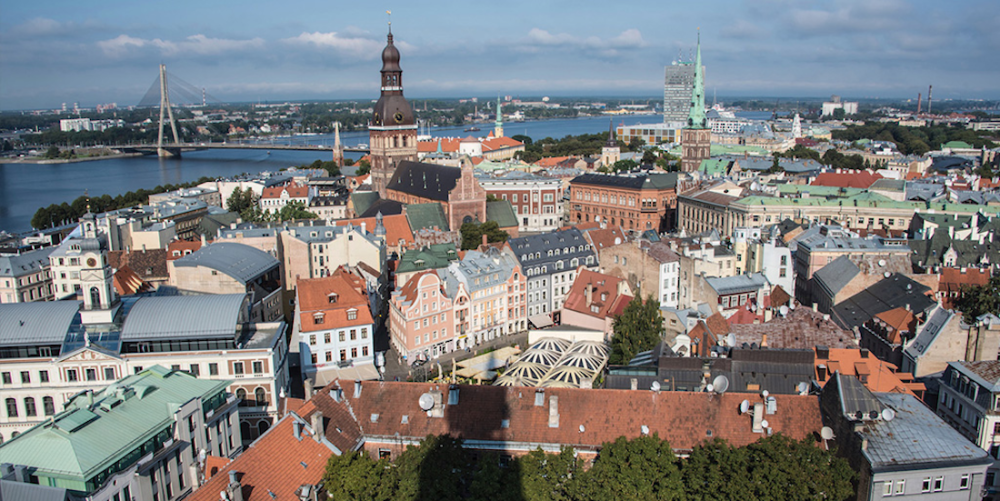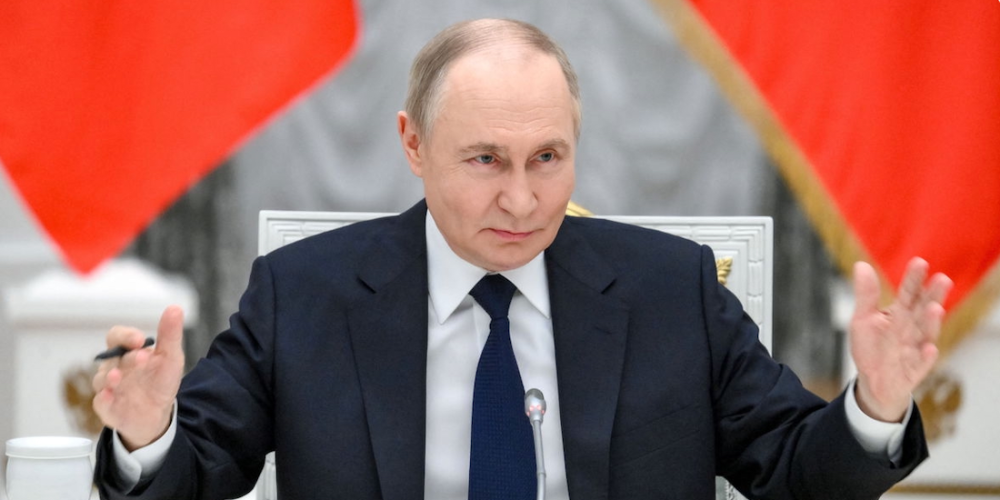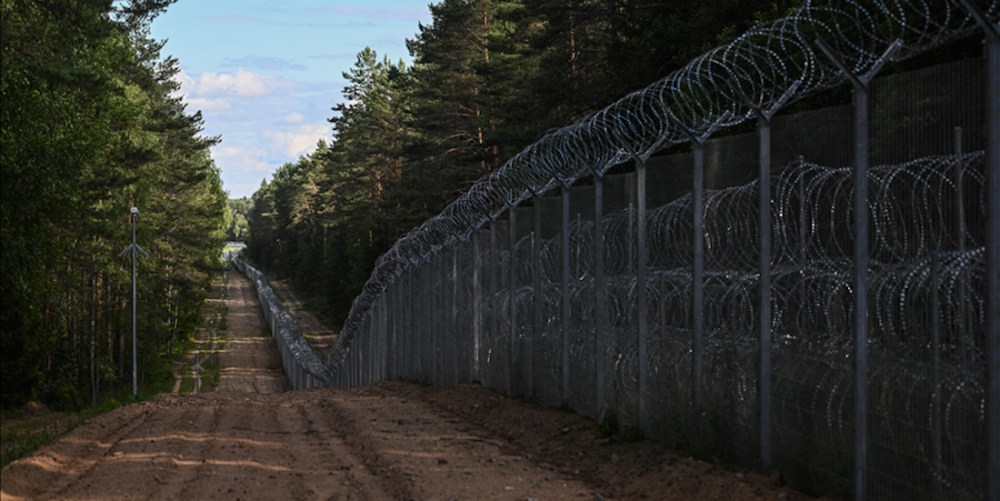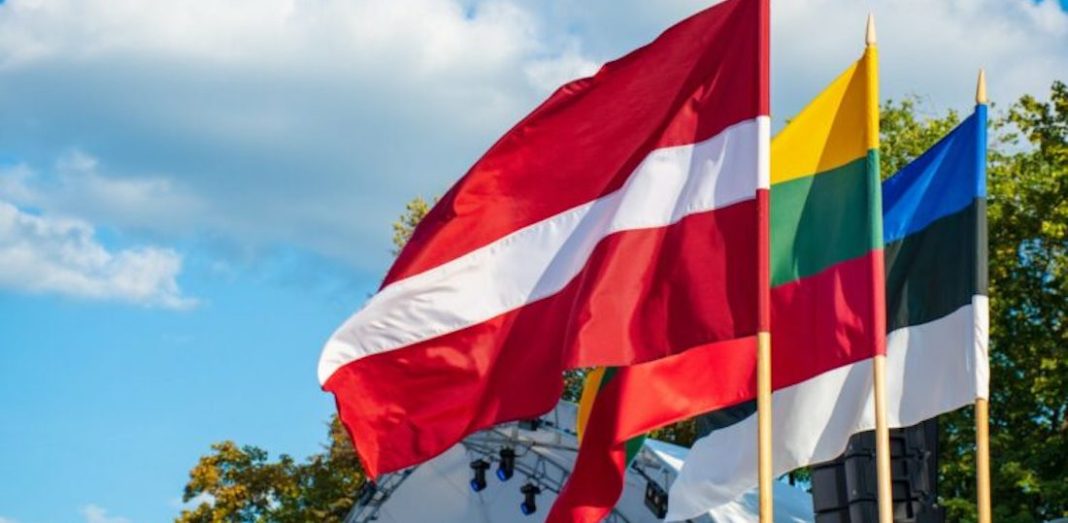Once Soviet republics, Estonia, Latvia, Lithuania now stand at democracy’s crossroads under Russian threat
New York, N.Y. – In college during the 1980s, I particularly appreciated a course on the Baltic states of Estonia, Latvia, and Lithuania. These seemed to me to be far more than mere footnotes in Soviet history.
These three nations, compressed into a single semester course, represented the complex geopolitical reality of the Cold War era. Today, more than three decades after the Berlin Wall fell and these republics regained their independence, they find themselves once again at the epicenter of an existential struggle—this time against Russian expansionism under Vladimir Putin.
The transformation of these three nations from Soviet republics to vibrant democracies represents one of the most remarkable political transitions of the late 20th century. When the Soviet Union collapsed in 1991, Estonia, Latvia, and Lithuania quickly reasserted their independence, which they had lost during World War II.
Their journey from occupied territories to NATO and European Union members showcases both the resilience of national identity and the fragility of democratic institutions in the face of authoritarian threats.

From Soviet Occupation to Democratic Independence
The Baltic states endured five decades of Soviet occupation, during which Moscow systematically attempted to erase their distinct national identities. Russian colonization policies brought hundreds of thousands of ethnic Russians to the region, particularly to Estonia and Latvia, fundamentally altering their demographic composition. Despite these efforts, the Baltic peoples maintained their cultural distinctiveness, languages, and deep-seated desire for independence.
The Singing Revolution of the late 1980s demonstrated the power of peaceful resistance. On August 23, 1989, approximately two million people formed a human chain stretching 675 kilometers across all three Baltic states to commemorate the 50th anniversary of the Molotov-Ribbentrop Pact. This extraordinary display of unity and defiance became a defining moment in their struggle for freedom.

NATO Membership and Strategic Importance
Following independence, the Baltic states pursued rapid integration with Western institutions. They joined NATO in 2004, a move that Russia vehemently opposed but could not prevent. This membership provided crucial security guarantees under Article 5 of the NATO treaty, which considers an attack on one member as an attack on all.
By the summer of 2024, the three Baltic states were among the top four donors to Ukraine, with Estonia providing 1.7%, and Lithuania and Latvia 1.4% each, of their respective GDPs. This extraordinary commitment to Ukrainian defense reflects their understanding that Putin’s aggression represents a direct threat to their own sovereignty.

Current Russian Threats and Hybrid Warfare
Today’s security challenges extend far beyond conventional military threats. Russia employs a comprehensive strategy of hybrid warfare against the Baltic states, including cyberattacks, disinformation campaigns, economic coercion, and GPS jamming.
The recent uptick in GPS jamming has particularly affected civilian aviation and maritime navigation in the region.
Russia is expected to roll out 1,500 tanks, 3,000 armored vehicles, and 200 Iskander missiles this year alone and Moscow could be ready to use military force against NATO within five years. This military buildup represents the most significant threat to European security since the Cold War.

Baltic Resolve and Defensive Preparations
The Baltic states have not remained passive in the face of these threats. Baltic leaders have adopted a proactive stance, pledging to strike military targets inside Russia if attacked. After witnessing Russian atrocities against Ukrainian civilians, they are determined not to wait for liberation by NATO reinforcements.
This defensive posture reflects lessons learned from Ukraine’s experience. The Baltic states understand that rapid NATO reinforcement might not arrive in time to prevent initial occupation, making immediate resistance capabilities essential for survival.
The Geopolitical Stakes

The Baltic states occupy a crucial position in NATO’s eastern flank. Their geographic location provides Russia with potential access to Kaliningrad, creating the so-called Suwalki Gap vulnerability.
This 65-kilometer stretch of territory between Kaliningrad and Belarus represents NATO’s most defendable yet vulnerable point.
The Baltic region finds itself at the forefront but with a different set of challenges and regional dynamics compared to the Ukrainian conflict.
Unlike Ukraine, the Baltic states benefit from NATO membership and E.U. integration, providing them with security guarantees and economic support that Ukraine lacked when Russia invaded.
Looking Forward: Lessons from History
The Baltic states’ experience offers profound lessons about the durability of national identity and the importance of collective security. Their transformation from Soviet republics to democratic nations demonstrates that even the most comprehensive occupation cannot permanently erase a people’s desire for freedom.
As these three small nations continue to face Russian threats, they embody the broader struggle between democratic values and authoritarian expansion. Their story, which began in those Cold War classrooms, continues to unfold with implications that extend far beyond their borders.
The Baltic states today stand as testament to the power of determination, the importance of Western solidarity, and the ongoing relevance of NATO’s collective defense commitment. Their journey from Soviet occupation to democratic independence—and now to the frontlines of European security—illustrates both the progress achieved and the vigilance required to preserve freedom in the 21st century.
75-Word Summary
The Baltic states’ transformation from Soviet republics to NATO members represents one of the most successful democratic transitions of the modern era. Today, Estonia, Latvia, and Lithuania face renewed Russian threats through hybrid warfare, cyberattacks, and military buildup. Despite their small size, these nations have become among Ukraine’s most generous supporters, providing critical aid while strengthening their own defenses. Their strategic location on NATO’s eastern flank makes them crucial to European security, while their experience under Soviet occupation provides valuable lessons about resilience and the importance of collective defense.




